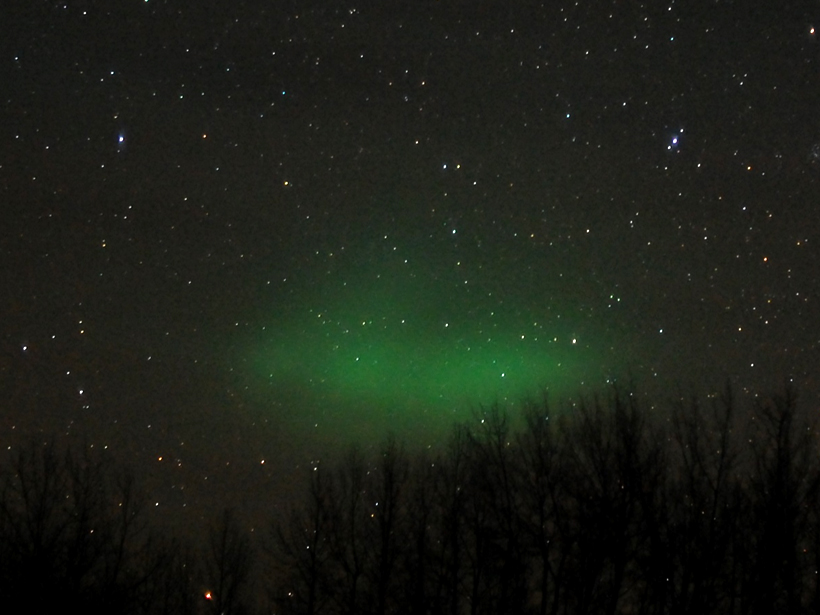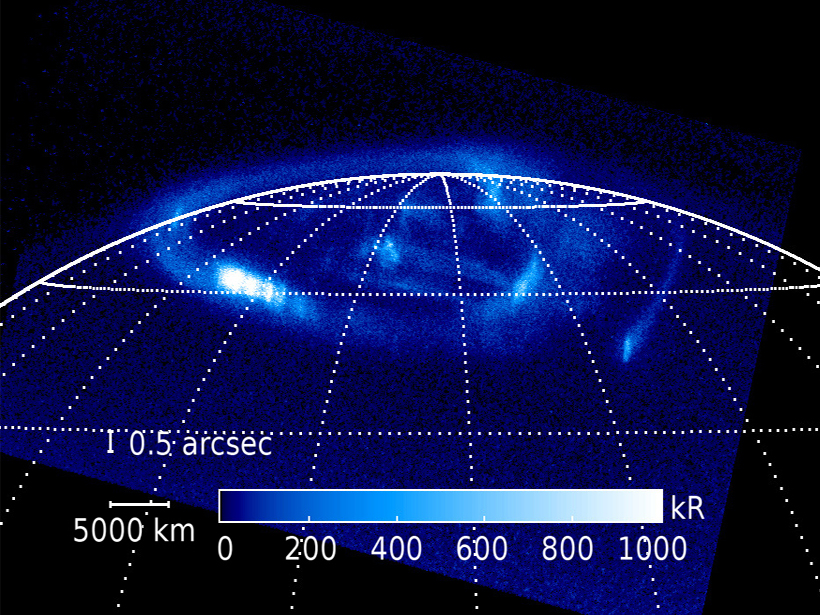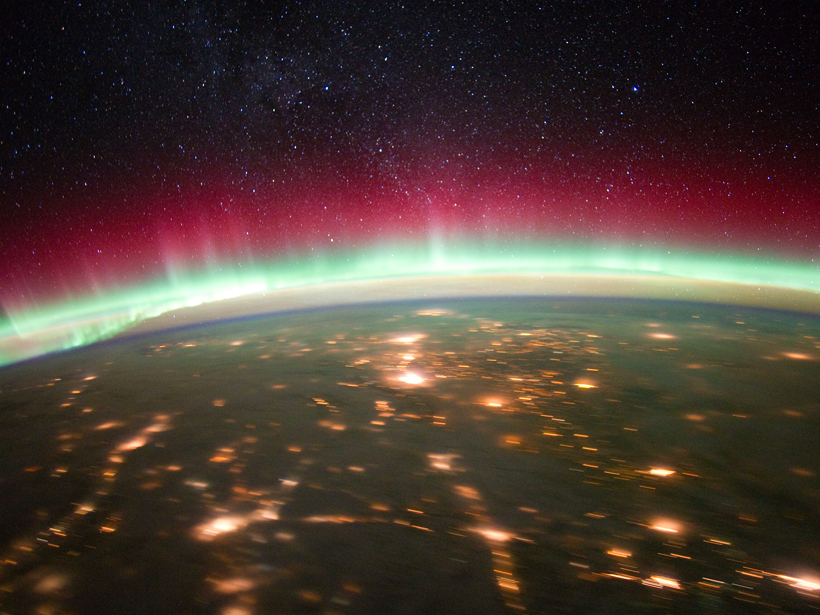Mysterious plasma waves from space are generating displays of aurora near Earth's poles.
aurorae
What Makes Jupiter's Aurora Pulse?
The aurora crowning Jupiter's poles—the most powerful in the solar system—flares up when plasma is injected into its magnetic field.
Aurora Painting Pays Tribute to Civil War's End
Frederic Edwin Church's 1865 arctic landscape, Aurora Borealis, is a beautiful depiction of nature. It might also be a memorial reflection on the end of the war.
How Powerful Is Jupiter's Aurora?
Scientists have mapped Jupiter's spectacular aurora in unprecedented detail with the Hubble Space Telescope.
Why Does the Aurora Flare Up?
The spectacular auroras that circle Earth's geomagnetic poles and burst with colorful displays during geomagnetic storms have mystified humanity for millennia. Now scientists are uncovering their secrets.
Particle Accelerator in Space Could Help Scientists Study Auroras
Researchers could launch an electron beam device into space to study the Earth's magnetic field and trigger artificial auroras and lightning.
Measuring the Faint Glow of the Earth's Thin Exosphere
Scientists attempting to understand the Earth’s exosphere use a spectrometer to study different types of hydrogen atoms energized by the sun.







